Learn more about the real life “Rosie the Riveters” featured in Invisible Warriors. Their stories represent the 600,000 Black women who helped win WWII.
Susan King

Riveter: Eastern Aircraft Corporation
In 1942, King earned an “Aircraft Riveting” certificate from the National Defense Training Program in Baltimore. King riveted the elevator section of the Navy’s F4F Wildcat fighter plane.
“Eastern Aircraft at that time was completely integrated. It was the first time I had ever sat down to eat in a completely integrated institution in my life.”
Marian Reid
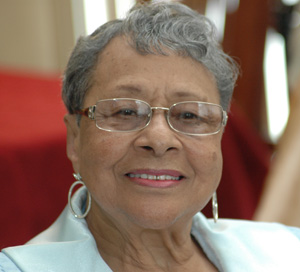
Sharecropper
During World War II, Reid lived in North Carolina, balancing her life between being a student and a sharecropper.
“When my five brothers went off to war, the girls were left to do their work — picking cotton and peanuts, and working heavy machinery.”
Ruth Wilson

Sheet Metal Worker: Philadelphia Navy Yard
Wilson left her job as a maid and laundress to become a sheet metal worker at the Philadelphia Navy Yard. She helped to build the aircraft carrier USS Valley Forge.
“World War II changed my life because I made more money and became independent.”
Alice Amaro
1918 - 2018
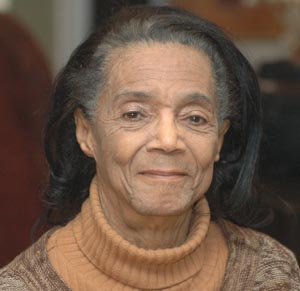
Ordinance Assembler: Frankford Arsenal
Amaro was a dedicated member of San Sausi Club, a patriotic women’s organization that sent “care packages” to American soldiers overseas.
“Working at the Frankford Arsenal made me feel independent. It gave me a strong sense of existence. I’m small in stature, but my mind and character are bigger than me.”
Bernice Bowman
1925 - 2023
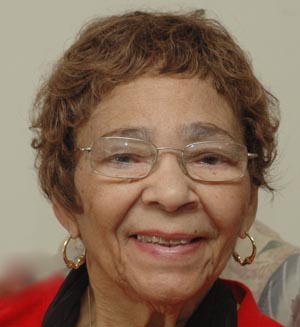
Clerk Typist: General Accounting Office (GAO)
Bowman purchased War Bonds and visited USO Clubs on weekends to dance with soldiers.
“GAO was my first job. I was proud to get that job.”
Birdia Bush
1914 - 2014

Clerk: War Department
In her spare time, Bush helped organize nonviolent demonstrations to end discrimination against “Negroes” in restaurants and movie theaters in Washington, D.C.
“Mrs. Roosevelt and Mrs. Bethune worked together to get our pictures removed from the applications, so they didn’t know we were Negroes.”
Gwen Faison
1925- 2021
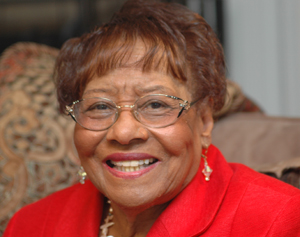
Electronics Assembler: RCA
After high school, Faison was accepted to the National Youth Administration (NYA) at Shaw University where she learned to build radios. Faison's training helped her secure employment making communications components for the U.S. Navy.
“I was 19 when I became a supervisor in the Department of Engineering.”
Willie Mae Govan
1926 - 2023
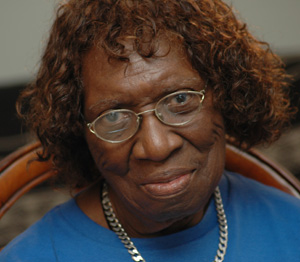
Munitions Worker: E.I. DuPont Corp.
Govan was one of three African American women who made gunpowder at the Alabama facility. Although she made “good money,” white women were getting paid more for similar types of work.
“It was five of us and we heard they were going to hire women. We walked about five miles to get to the plant.”
Dr. Dorothy I. Height
1912 - 2010

Executive Director: Phyllis Wheatley YWCA, Washington, DC
During World War II, Height secured quality, affordable housing for hundreds of African American women who came to Washington D.C. for government jobs.
“Whenever the NAACP would hang out a sign saying, ‘A man was lynched yesterday,’ we had 88 youth groups that we would call together and we would go down to Times Square, wearing black armbands, and we would walk around Times Square chanting, ‘Stop the lynching! Stop the lynching.’”